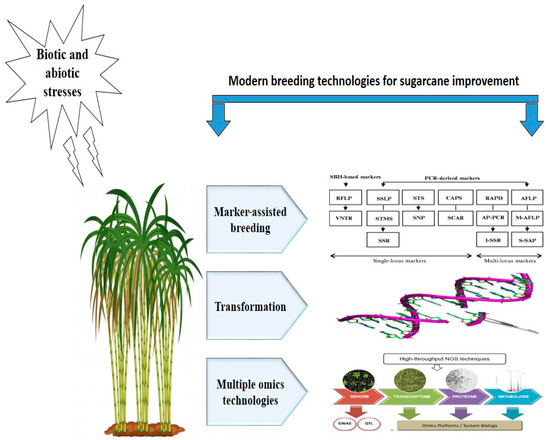Understanding the Relationship Between Houseplants and Gnats: Do Plants Attract Gnats?
#### Do Plants Attract Gnats?Gnats are small, flying insects that often invade our indoor spaces, particularly around houseplants. The question arises: **do……
#### Do Plants Attract Gnats?
Gnats are small, flying insects that often invade our indoor spaces, particularly around houseplants. The question arises: **do plants attract gnats?** To answer this, we need to explore the conditions that favor gnat infestations and the role that plants play in this dynamic.
#### What Are Gnats?
Gnats are a broad category of small flies that include various species such as fruit flies, fungus gnats, and drain flies. Among these, fungus gnats are particularly notorious for their association with indoor plants. These pests are typically drawn to damp soil, decaying organic matter, and the moisture that houseplants provide.
#### Why Do Gnats Love Plants?
The primary reason that gnats are attracted to plants is the moisture in the soil. When plants are overwatered or if the soil retains too much moisture, it creates an ideal breeding ground for fungus gnats. The larvae of these gnats feed on the organic material in the soil, as well as the roots of the plants, which can lead to stunted growth and other plant health issues.
#### Signs of Gnat Infestation
If you suspect that your plants are attracting gnats, there are several signs to look out for:

- **Adult Gnats**: Small flies hovering around your plants or in the air.
- **Larvae**: Tiny, worm-like creatures in the soil or on the surface of the potting mix.
- **Wilting or Yellowing Leaves**: This could be a sign that the plant is suffering due to root damage caused by gnat larvae.
#### How to Prevent Gnats in Houseplants
To minimize the risk of gnats being attracted to your plants, consider the following strategies:
1. **Watering Practices**: Allow the top inch of soil to dry out between waterings. This discourages gnats from laying eggs in the moist soil.

2. **Soil Quality**: Use high-quality potting soil that is less likely to harbor pests. Avoid using garden soil, which can contain eggs or larvae.
3. **Drainage**: Ensure that pots have proper drainage holes to prevent water from accumulating.
4. **Sticky Traps**: Place yellow sticky traps near your plants to catch adult gnats. This helps reduce their population and prevents them from breeding.
5. **Natural Predators**: Introduce beneficial nematodes or predatory insects that feed on gnat larvae.
#### What to Do If You Have Gnats
If you already have a gnat problem, there are several methods to eliminate them:

- **Neem Oil**: This natural pesticide can be effective against gnats. Mix it with water and spray it on the soil and leaves.
- **Hydrogen Peroxide Solution**: A mixture of one part hydrogen peroxide to four parts water can help kill larvae in the soil.
- **Repotting**: If the infestation is severe, consider repotting your plant with fresh, dry soil.
#### Conclusion
In summary, the answer to the question, **do plants attract gnats?** is a resounding yes, especially when the conditions are favorable for these pests. By understanding their behavior and taking proactive measures, you can keep your indoor plants healthy and gnat-free. The key is to maintain proper watering practices, use quality soil, and monitor your plants regularly for signs of infestation. By following these guidelines, you can enjoy the beauty of your houseplants without the nuisance of gnats.